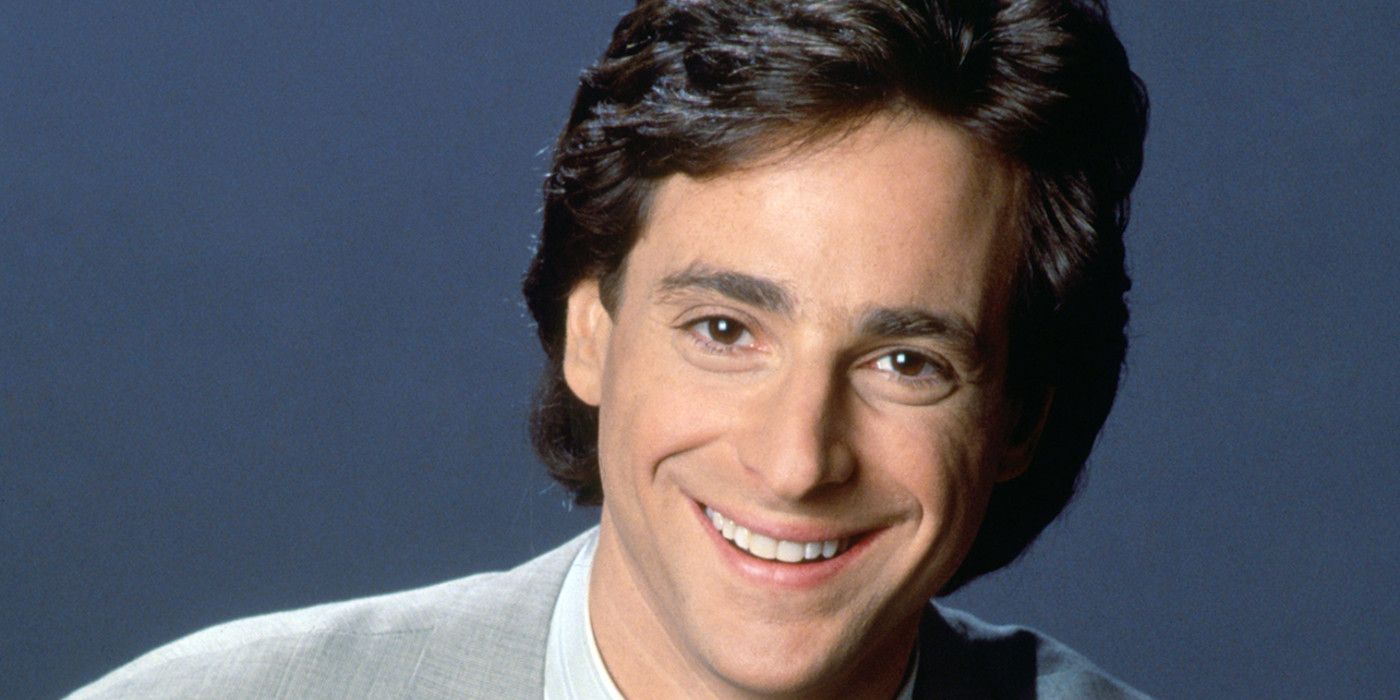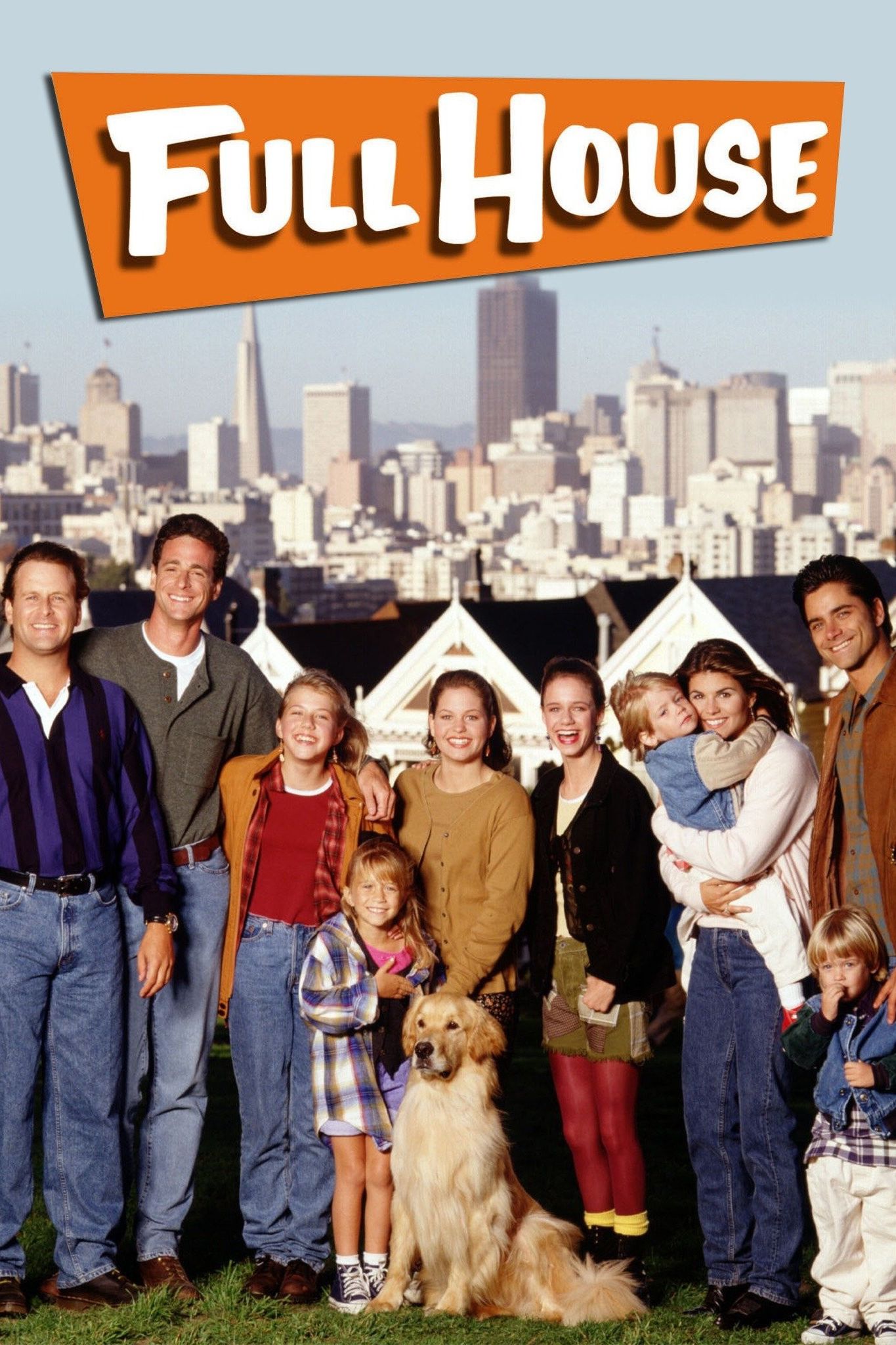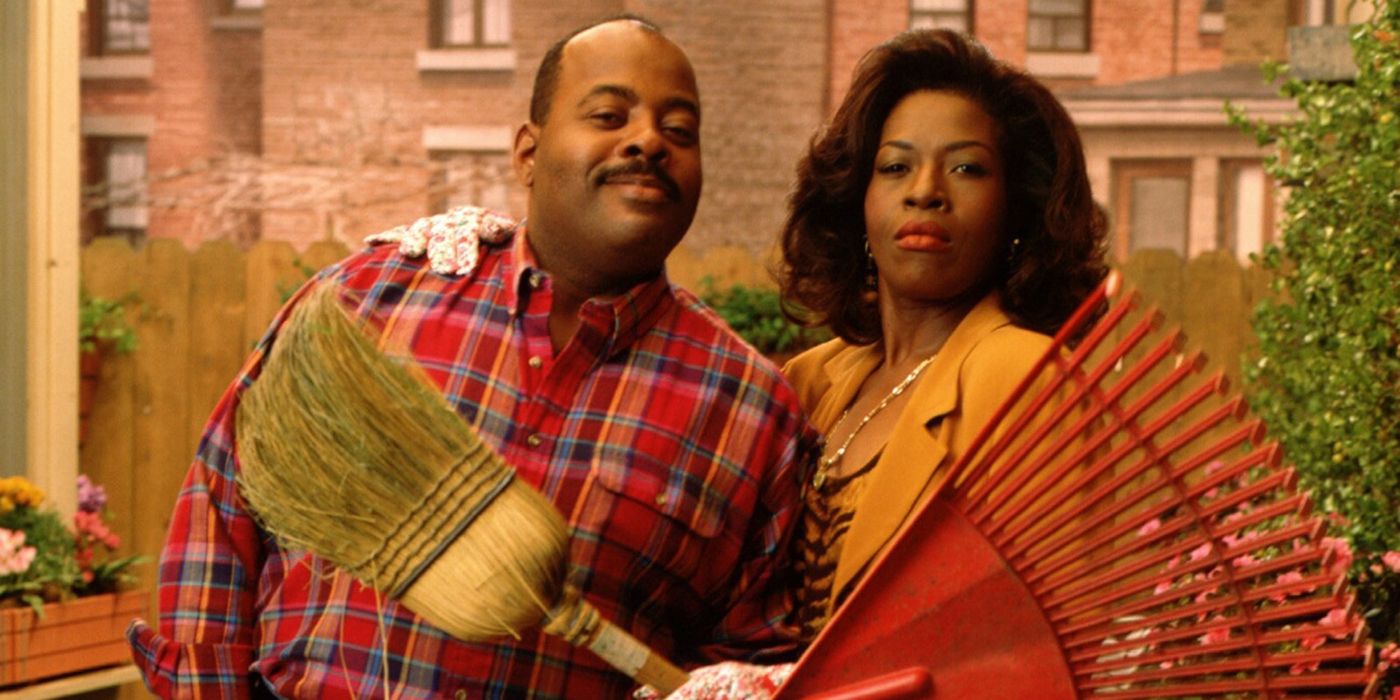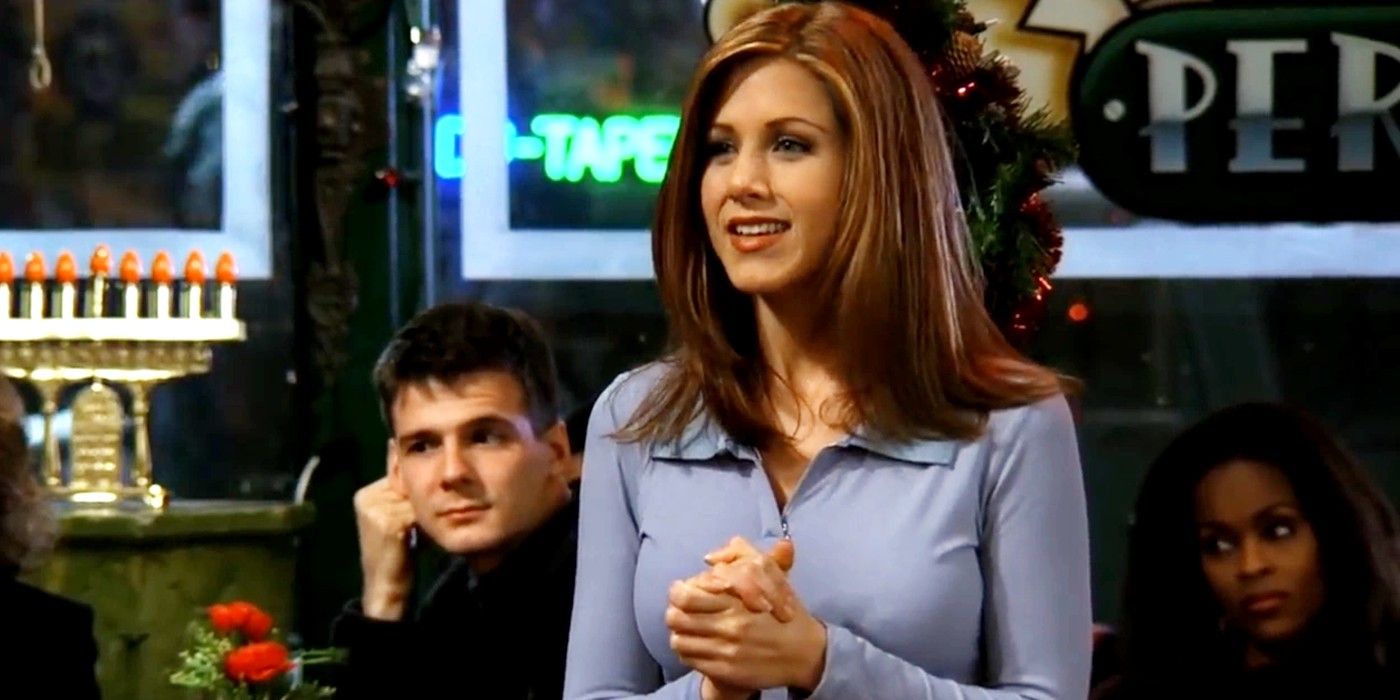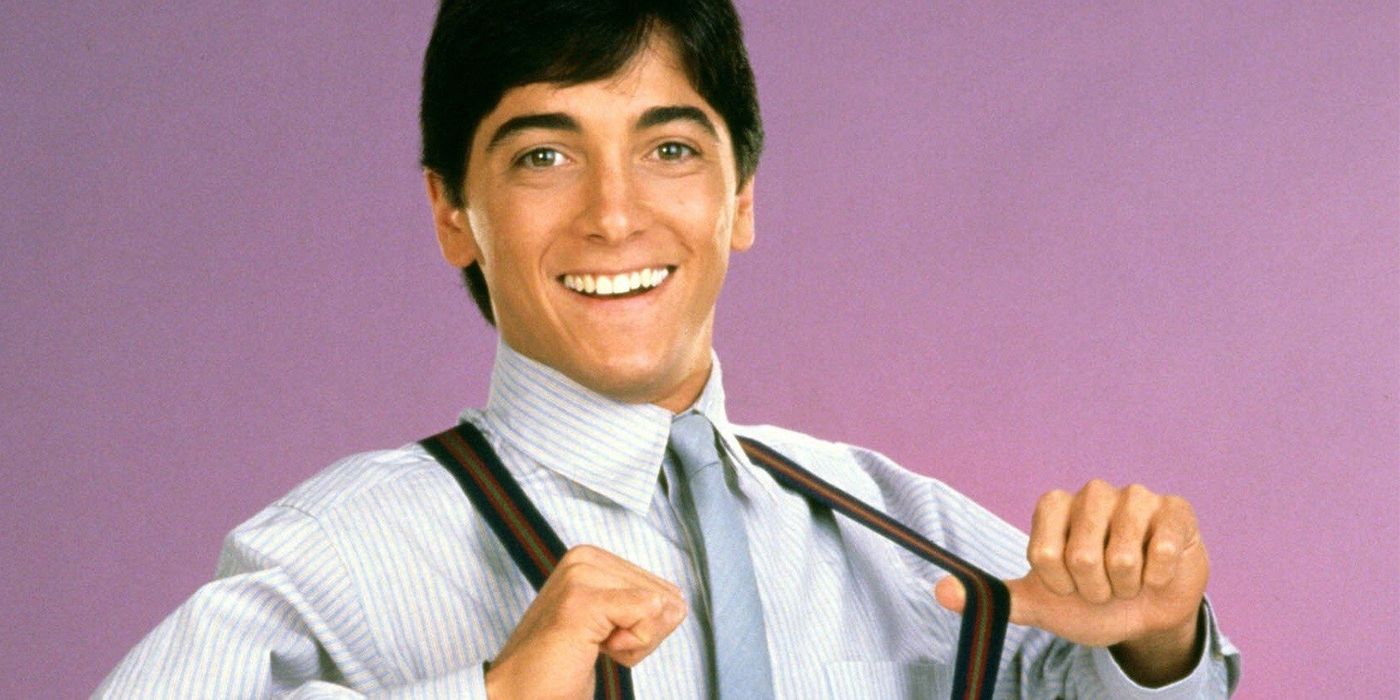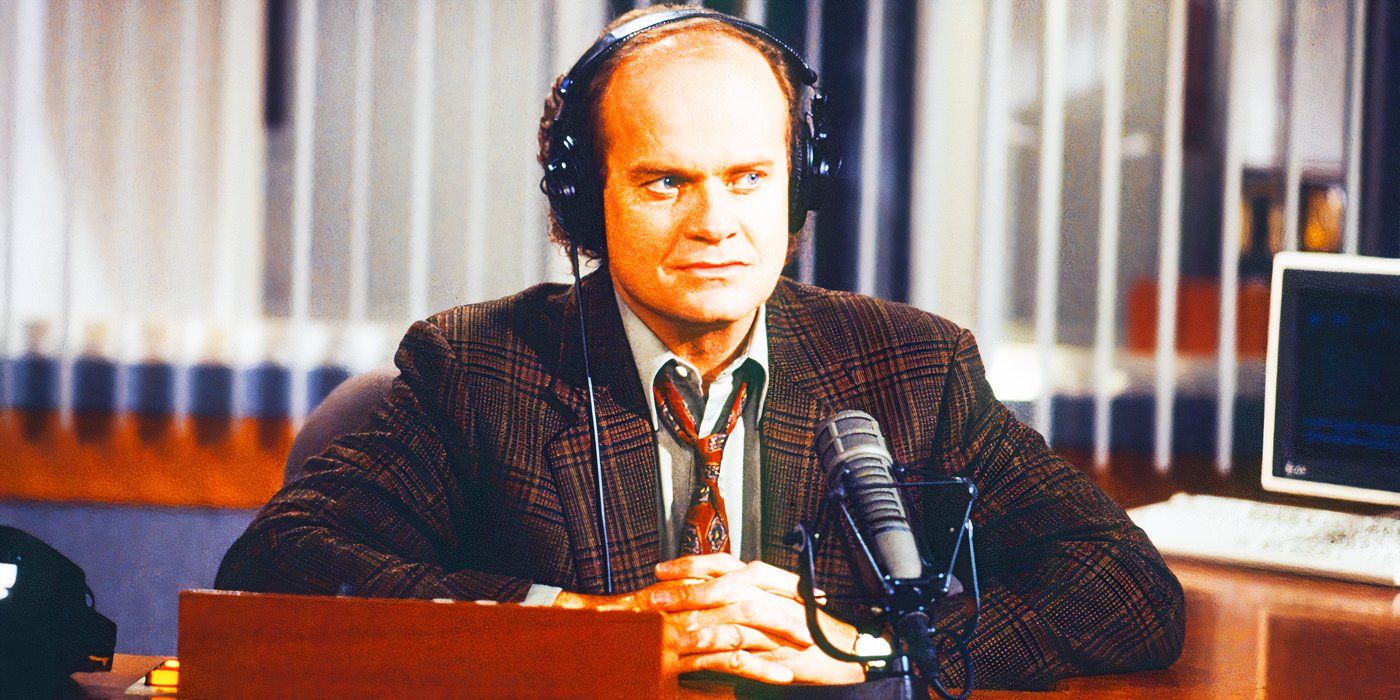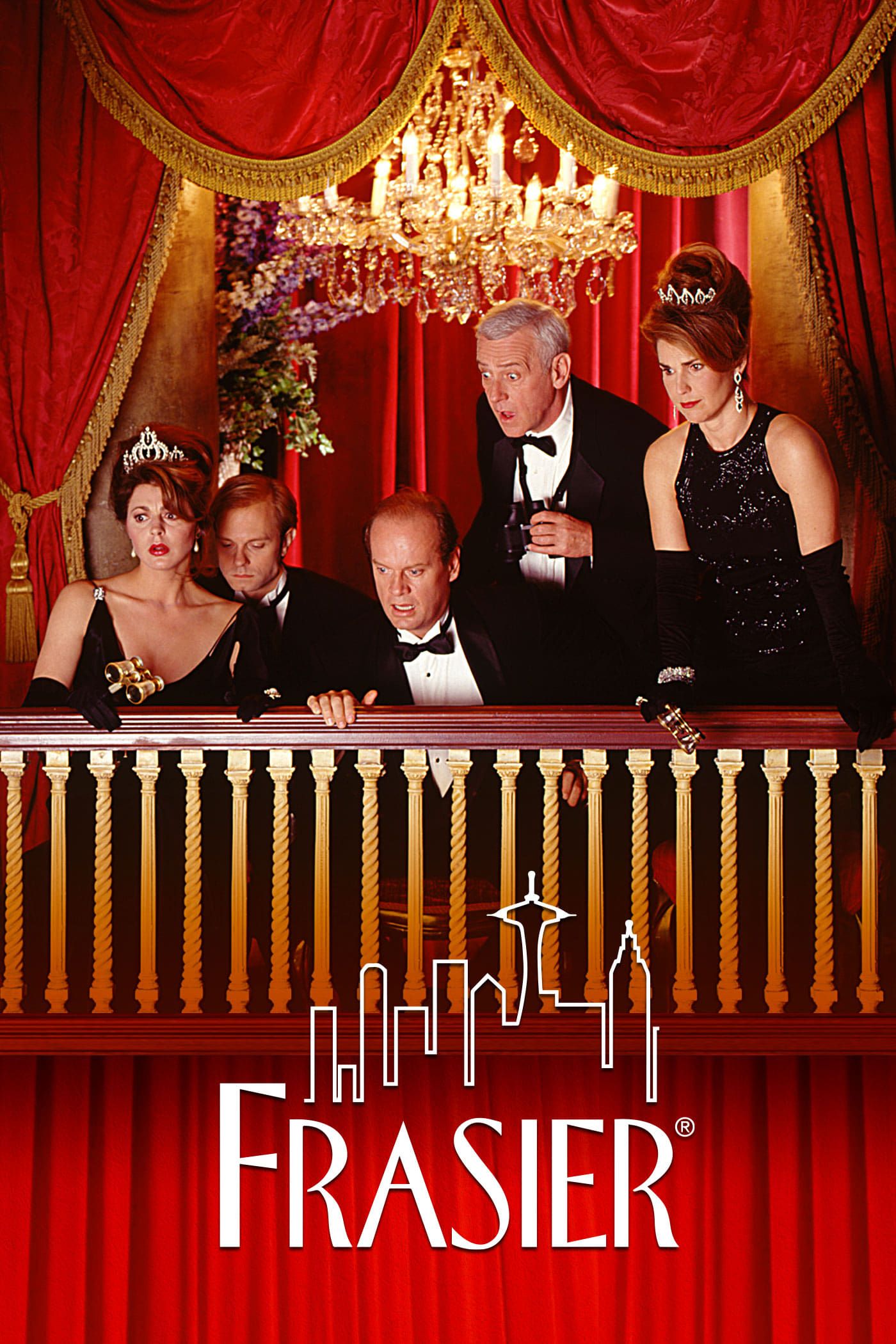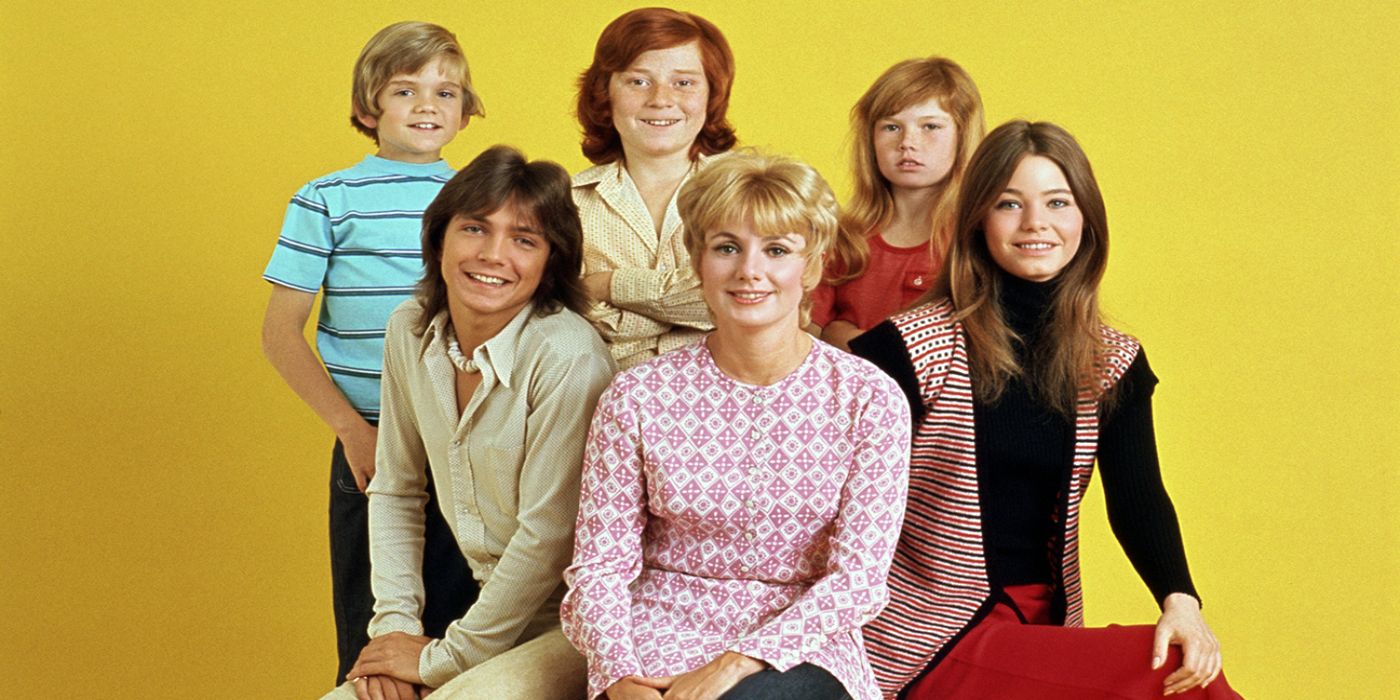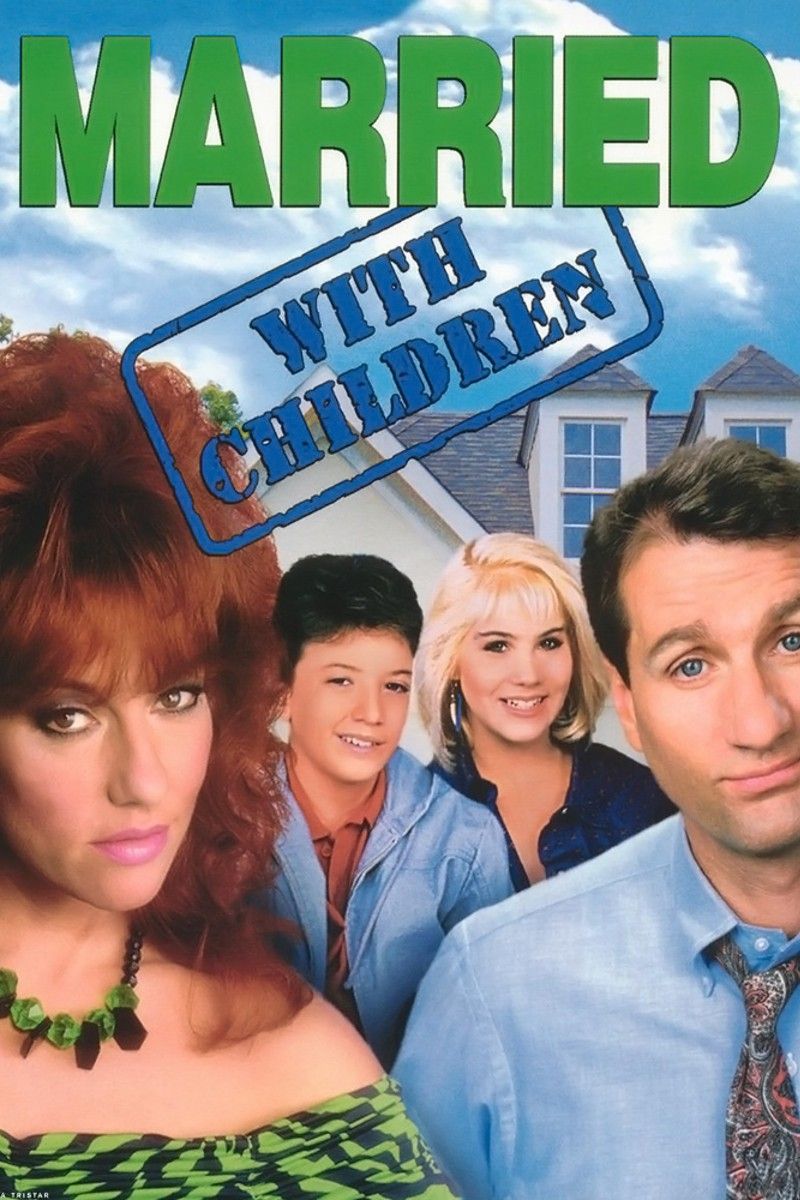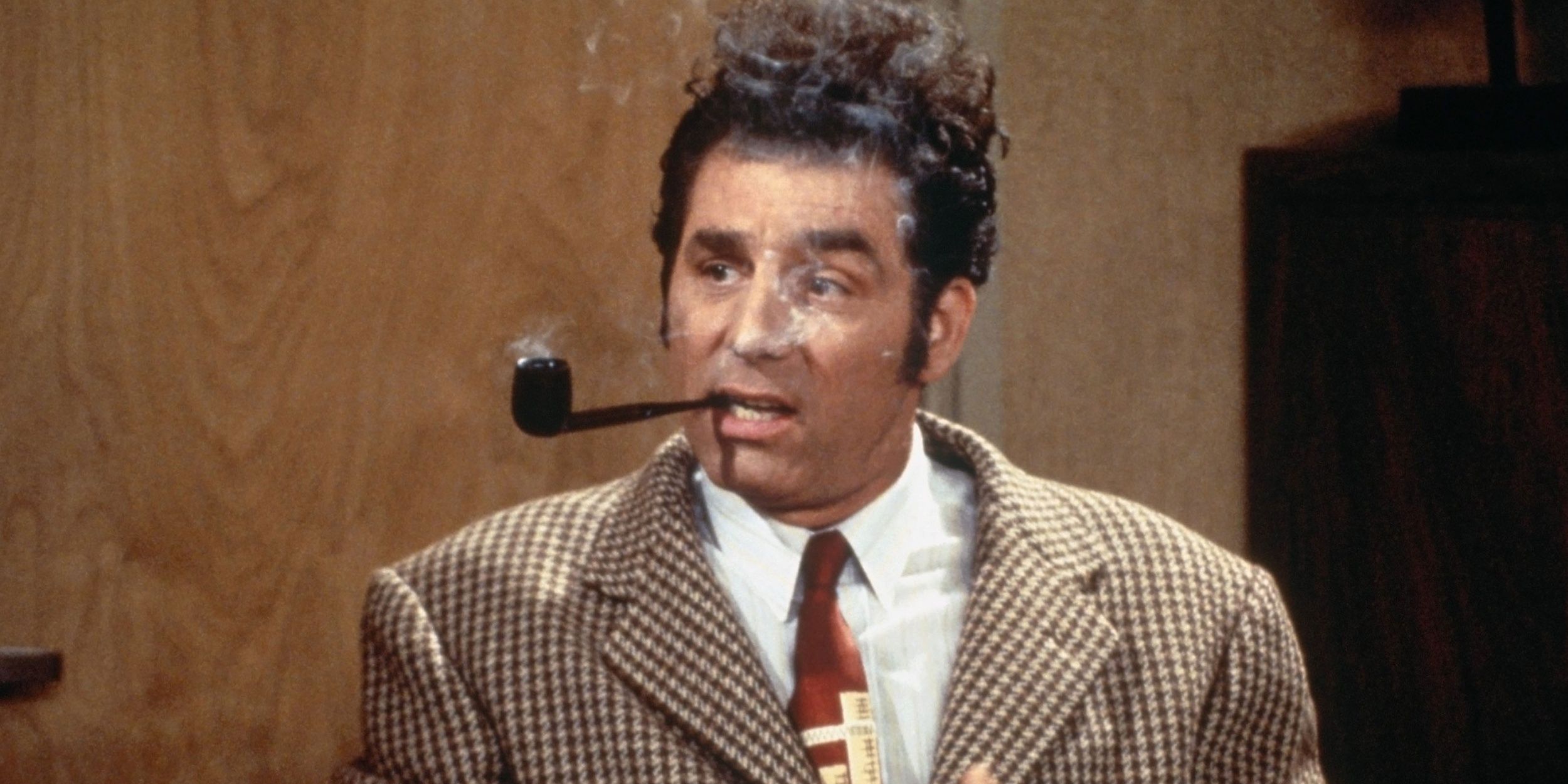Summary
- Sitcom characters often lived beyond their means without realistic financial explanations in past decades.
- Excessive spending and luxurious lifestyles were common, even for characters with one-income families.
- Financial struggles were only briefly highlighted in plot points, leaving viewers questioning the feasibility.
Sitcom characters have long been the most financially unrealistic people on television, and this certainly was the case from the 1970s to the 1990s. While finances have been a much stronger talking point among audiences in recent years, in decades past, writers did not even bother explaining how one-income families could afford extremely lavish lifestyles and live in extraordinarily large homes. Even when financial troubles were occasional plot points in sitcoms of the past, these were usually minor worries that failed to explain the true logistics of the character’s money woes.
The best sitcoms ever usually didn’t waste time delving into finances and instead focused on great characters getting into hilarious situations. While this was to be expected, it meant that things often didn’t add up when viewers really thought about their favorite characters’ financial situation. For some, this meant they lived well beyond their means, as their jobs could not sustain their lifestyle of large families, while other sitcom characters must have been secretly maxing out credit cards behind the scenes just to stay afloat.
10 Jerry Seinfeld
Seinfeld (1989 – 1998)
While the actor, comedian, and Seinfeld co-creator Jerry Seinfeld was declared a billionaire by Bloomberg in 2024, his fictional equivalent was never quite so wealthy. Of course, the sitcom Seinfeld turned Jerry into a global star, but within the world of the show, he was still a struggling comedian making a living on New York’s stand-up circuit. As seen from the opening stand-up sequences from almost every episode of the show, Jerry may have been a popular act in his home city, but this does not nearly explain the lack of financial burdens he had on Seinfeld.
With a spacious apartment in one of the most expensive neighborhoods in New York, the Upper West Side of Manhattan, Jerry’s living situation doesn’t exactly scream stand-up comedian. Jerry has no visible day job on the show and rarely, if ever, expressed any concern about his finances. On Seinfeld, Jerry has sailed through life with small-time club appearances and the occasional foray into television work, when in reality, he’d need a full-time day job just to pay his rent.
9 Danny Tanner
Full House (1987 – 1995)
While the financial situation seen in Full House would be unimaginable today, it was unrealistic even back when it aired. With Danny Tanner being the only character on the show who was employed full-time, the fact that he was able to support three kids never fully added up. Even though Danny had the help of his brother-in-law Jesse Katsopolis and childhood best friend Joey Gladstone following the death of his wife, as a musician and stand-up comedian, these inconsistent careers still don’t fully explain how Danny was able to get by.
As a family that lived in San Francisco, the rent in Full House was always going to be high. However, Danny lived in one of the famous painted ladies near Alamo Square, and his rent would have been extraordinarily high, considering one of these houses recently sold for $3.55 million (via Business Insider). One sad explanation that could account for the financial stability seen in Full House was the death of Danny’s wife Pam, who, if she had life insurance, may have been able to secure her daughters’ futures.
8 Carl Winslow
Family Matters (1989 – 1998)
Like so many other sitcom characters, Carl Winslow’s finances on Family Matters only came into play when they suited the plot. With a stable job as a police officer, Carl was the main provider of a middle-class Chicago African-American family, and while this would have provided a steady income, it wouldn’t have been enough for the luxuries that they enjoyed. Over the course of 215 episodes and nine seasons, Family Matters had many moments that left viewers wondering how Carl was able to afford this.
From their spacious family home to the three-episode special where the family vacationed in Paris, Carl has plenty of financial burdens far exceeding his likely modest paycheck. While it’s likely that he could have saved up for the luxuries they enjoyed, the consistency with which money appeared to be spent meant Carl may have had to max out a credit card or two to keep things afloat. However, rather than dwell on financial realism, Family Matters valued the portrayal of a wholesome and aspirational lifestyle, which understandably meant episodes that exceeded what Carl could believably afford.
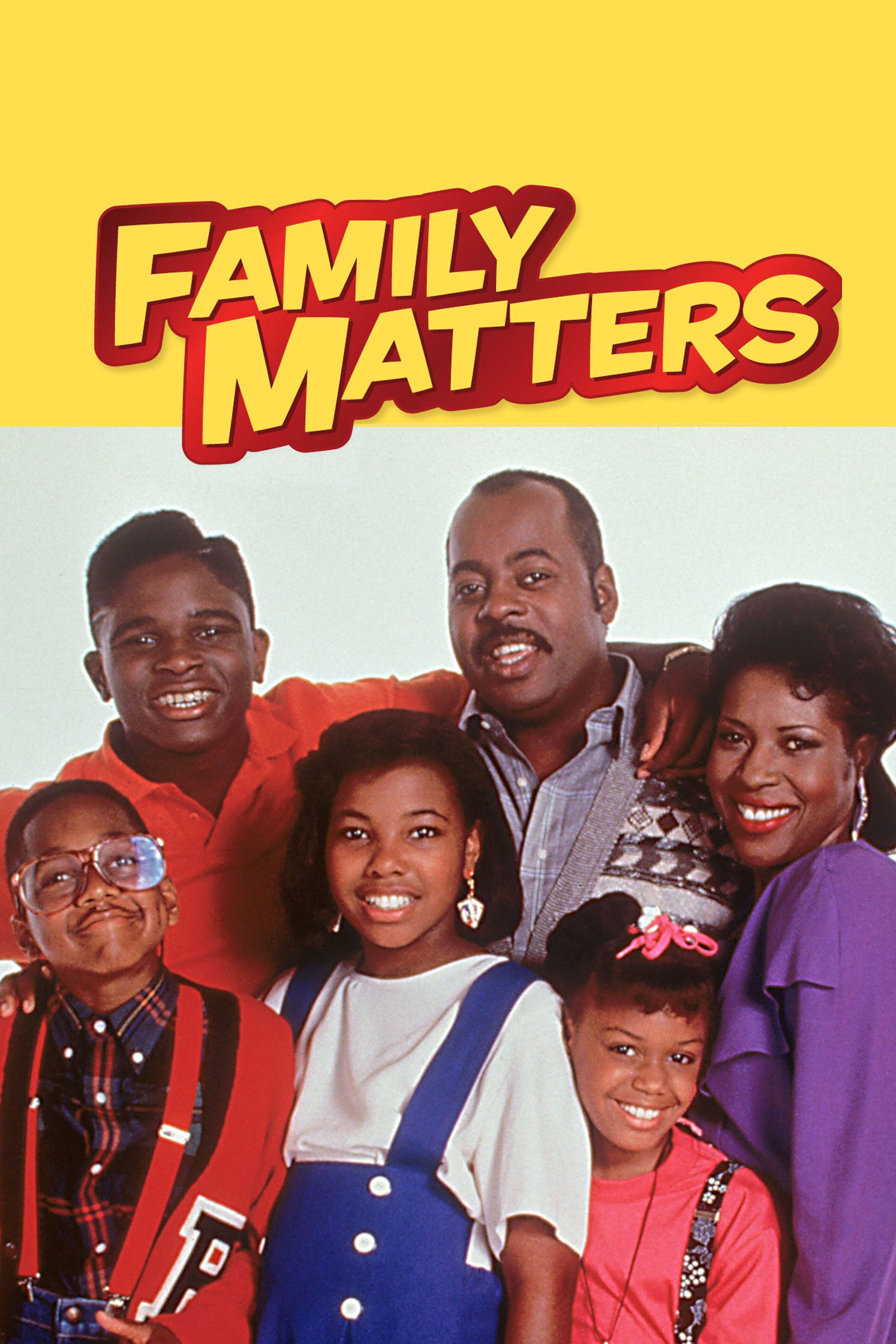
Family Matters
Family Matters is a classic sitcom that follows the Winslow family, a middle-class family living in Chicago that engages in several misadventures while sharing heartfelt experiences with one another. The show tackles several major real-world issues while keeping the core of the show light at heart, and also featured the breakout role of Jaleel White as the super nerd Steve Urkel.
- Cast
- Reginald VelJohnson , Jaleel White , Jo Marie Payton , Darius McCrary , Kellie Shanygne Williams , Rosetta LeNoire , Shawn Harrison , Valerie Jones , Joseph Wright , Julius Wright , Bryton McClure
- Release Date
- September 22, 1989
- Seasons
- 9
- Creator(s)
- William Bickley , Michael Warren
7 Rachel Green
Friends (1994)
Every main character on Friends has a questionable financial life, especially considering they spend most afternoons hanging out in a New York coffee shop rather than being at their jobs. However, Rachel Green was the most unbelievable character when it came to money. Although Rachel found financial security in later seasons as an executive at Ralph Lauren, her early job as a waitress in Central Perk brought up many questions about how she managed to afford a fancy New York City lifestyle, always have her done perfectly with the iconic “The Rachel” hairstyle, and keep up-to-date in the latest fashionable clothing.
It’s true Rachel had roommates and was able to live cheaply in Monica’s grandma’s rent-controlled New York apartment, but this still does not explain her financial situation. Rachel’s money struggles were occasionally highlighted in the show, such as when she was shocked at the income tax on her first paycheck as she asked in Season 1: “Who’s FICA? Why’s he getting all my money?” Overall, Rachel’s financial situation was inconsistent in the early days of Friends, and, like with the rest of the cast, it only became relevant when it suited the plot of the episode.

Related
Friends: Every Job Rachel Had Across All 10 Seasons
Friends saw Rachel go from a spoiled girl who had never worked to getting her dream job in the fashion industry, and here’s every job she had.
6 Charles
Charles in Charge (1984 – 1990)
Charles in Charge was a CBS sitcom in which its title character secured a job as a live-in babysitter in the Powell household, an affluent couple that provided him with room and board but no salary. This arrangement leads to many questions about how Charles juggles his studies, friendships, and duties to the family without any real source of consistent income. From day-to-day expenses to dating and a busy social life, Charles’s finances never fully added up over the course of the show’s five seasons.
Charles’s financial situation occasionally played a role in Charles in Charge, such as in the Season 4 episode “Chargin’ Charles” when the children maxed his credit card to the limit. However, this brought up more questions than it answered, as a live-in babysitter with only limited income should stay clear of mounting credit card debt. While sitcoms have always had plenty of inconsistencies when it came to finances, Charles in Charge was all over the place in this regard.
5 Frasier Crane
Frasier (1993 – 2004)
When watching the NBC sitcom Frasier, one question consistently comes to mind: How was Frasier so rich, and where did his money actually come from? While Frasier Crane’s lavish lifestyle, expensive fashion sense, and penchant for the finer things in life were already apparent from his appearances in Cheers, this question became even more pressing on the spin-off Fraiser. As a radio psychiatrist with his own talk show, it made sense that Frasier would have been relatively wealthy,but this was taken beyond the levels of realistic believability on certain episodes of Frasier.
With an expensive penthouse apartment, a love for only the most luxurious food and wine, and a tendency to collect fine art, Frasier continually pushed things financially, even as a wealthy man. Frasier may have done some smart investing that viewers weren’t privy to, which took place behind the scenes, but without concrete confirmation on where his money stems from, it’s hard to view his lifestyle as realistic. However, Frasier just wouldn’t be the same without its focus on the excessive lifestyle of an uber-wealthy intellectual.
4 The Partridge Family
The Partridge Family (1970 – 1974)
As a lighthearted exploration of a family band, The Partridge Family never went into overt detail about their financial situation. However, looking back on the show now, it’s hard to believe these musical siblings and their widowed mother would be able to get by, especially considering the day-to-day burdens of single parenthood and the costs of a music career. Even with a Top 40 pop hit under their belt, the Partridge family would have needed a lot of savings to kickstart their musical endeavors and ensure the running costs of the band before they lived off the profits of their shows.
While the Partridge family quickly found success on the road, as episodes contrasted suburban life with showbusiness misadventures, this still led to plenty of questions about how much they were earning. One only has to look at other bands from the 1970s to see that it was not always easy to make a living in music, and even the most successful bands from that era suffered from financial troubles. However, The Partridge Family was inspired by the real band The Cowsills, whose real-life success showcased it was possible to survive as a family band during that time.
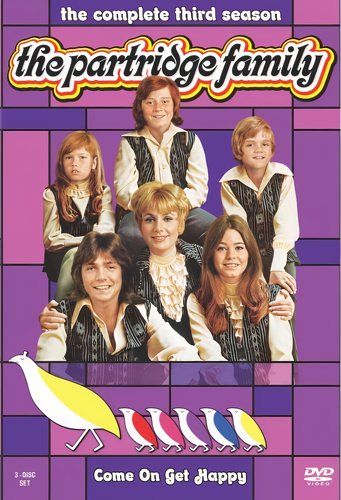
The Partridge Family
The Partridge Family is a television series that aired from 1970 to 1974. It centers on a widowed mother, played by Shirley Jones, and her five children who form a pop music band. Traveling across the country in a colorful bus, they balance their musical ambitions with the ups and downs of family life. The series is known for its catchy tunes and the breakout role of teen idol David Cassidy.
- Cast
- Shirley Jones , David Cassidy , susan dey , Danny Bonaduce , Brian Forster
- Release Date
- September 25, 1970
- Seasons
- 4
- Creator(s)
- Bernard Slade
3 Al Bundy
Married… with Children (1987 – 1997)
The Fox sitcom Married… with Children did not shy away from showcasing the financial concerns of Al Bundy, although they were also deemed irrelevant when necessary for the episode. As a high school football star turned women’s shoe salesman, Al was often a misanthropic worker who lamented that he had never lived up to his true potential. This meant Al had difficulties providing for his wife and two children, but somehow, and often without real explanation, they always managed to keep their heads above water.
With a two-story house and a basement, the first thing that stuck out as unrealistic in Married… with Children was Al Bundy’s home. Despite financial troubles being a major point of discussion in the sitcom, it was impossible to ignore that this was a family who appeared to be living well beyond their means. While Al was often portrayed as a tragic figure who was given an unfair lot in life, when looking at the hard facts of his home and his day-to-day life, things look pretty good according to modern expectations.
2 Cosmo Kramer
Seinfeld (1989 – 1998)
Even though Cosmo Kramer from Seinfeld was based on a real person, this does not change the fact that he’s one of the most financially puzzling sitcom characters of all time. As a scheming wildman with seemingly no consistent source of income, Kramer’s lifestyle raises many questions about how he affords to finance his short-lived ventures and how he gets by in general. As a character who was famously unemployed for most of Seinfeld’s run, the biggest question was how he was able to remain living across the hall from Jerry in a fancy one-bedroom Manhattan apartment.
The best explanation for Cosmo’s financial security was that his various get-rich-quick schemes yielded enough money to keep him stable for short periods of time, and then he’d come up with his next plan. However, this would surely mean there’d be down periods where he’d be living in abject poverty and unable to pay his rent. Thankfully, Cosmo always found a way to get by because Seinfeld wouldn’t have been the same without him, but his lifestyle still raises more questions than it answers.
1 Homer Simpson
The Simpsons (1989 – Present)
More so than any other sitcom character, the finances of Homer Simpson have left audiences scratching their heads. As the quintessential dysfunctional TV dad on the longest-running animated sitcom of all time, Homer’s money struggles have occasionally been plot points within The Simpsons, although, more often than not, he’s presented as free of financial woes. With a beautiful house on Evergreen Terrace and a job at the Nuclear Power Plant, Homer was presented as being able to support his family on a single income and while away most nights drinking at Moe’s Tavern without issue.
However, The Simpsons sheds light on the unrealistic nature of Homer’s financial situation in the classic Season 8 episode “Homer’s Enemy.” This was when Homer’s new work colleague, Frank Grimes, was shocked by Homer’s laziness and incompetence, which eventually caused him to have a nervous breakdown. The juxtaposition between Frank and Homer was apparent, as Frank worked two jobs just to get by. When Frank visited Homer’s home and asked him how he could afford to live in such a “palace,” Home simply replied, “I don’t know. Don’t ask me how the economy works.”
Sources: Bloomberg, Business Insider




